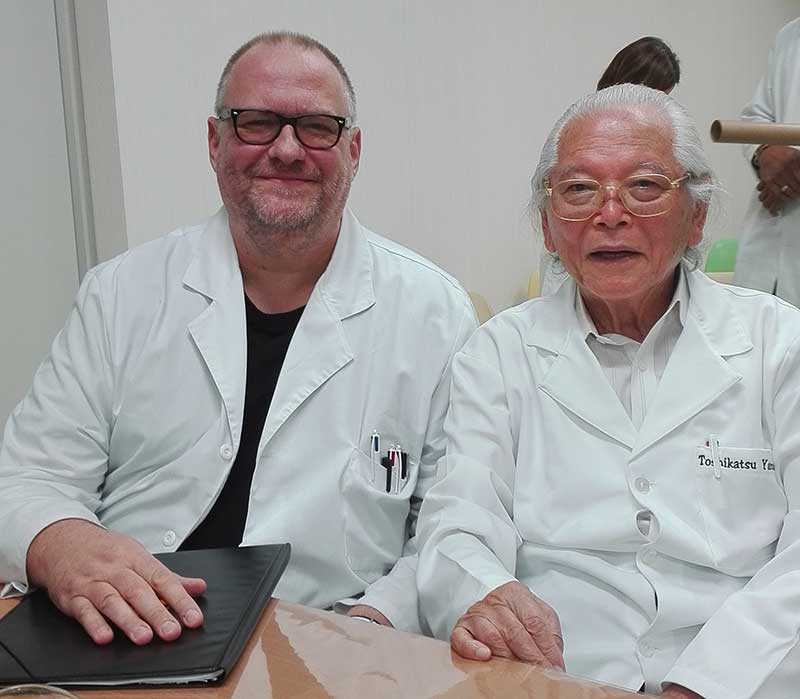Building and Maintaining Internal Energy
Qi Gong: The Art of Ten Thousand Styles


There are thousands of styles of Qi Gong but they can all be roughly divided into one of five different types: health, medical, religious, martial or folk.
Health Qi Gong is suitable for every one of all ages and physical abilities. It comes in many forms and varieties but all styles are based on similar principles which include a relaxed, rooted posture and a straight, supple spine. A particular breathing technique, smooth, graceful movements and tranquil awareness are also essential to the practice. The styles can be further divided into dynamic and static forms. Dynamic Qi Gong combines the body's moves with the mind and breath to achieve a peaceful mind through a moving body. Static Qi Gong uses standing, sitting and posing postures to combine the mind and breath.
In medical Qi Gong, a qualified practitioner uses their skill to manipulate their and the patients energy in order to heal a disease. They treat the whole body and focus on the root cause of the illness. The treatment is part of Traditional Chinese Medicine and the practitioner usually doesn't even need to touch the client. It is non-invasive and focuses on strengthening and redistributing the body's vital energy.
Religious styles can be divided into three further categories: Buddhist, Daoist and Confucian. The Buddhists aim for enlightenment while the Daoists use Qi Gong to extend health and increase longevity. The Confucionists strive for self-improvement. Thus, it is not really a religion at all as it is more philosophical and spiritual. The initial practitioners never practiced a form of religion or prayed to any deity. Originally, These systems were intended to be used as a way to become a more effective and dynamic person and to cultivate vitality, mental focus and emotional calm, and was to be freely available to all. It was actually limited to monks and priests until the end of the early twentieth century.
Martial Qi Gong can be traced back to the monks of the 6th century AD where they found that practicing the exercise had a beneficial effect on their power and fighting techniques. This type can be further divided into external and internal styles, or hard and soft Qi Gong. The hard style trains the artist to control their energy in such a way that it is accumulated and focused to such a degree that their body becomes like iron, and they can thus break bricks or ice or be subjected to much force themselves with very little damage to their bodies. Soft Qi Gong also controls chi but it uses the flow of energy as opposed to stopping it. An artist can manipulate this flow to create something like a shockwave causing much damage to an opponent's internal organs.
Finally, there is the folk or peasant styles, practiced from master to student. Each region and province in China has its own version of Qi Gong and it is usually a mixture of two or more of the above types mentioned.
This article was submitted by Anthony Monteith, who is a professional instructor - details can be found at www.qilifemethod.com He is also an Acupuncturist and Medical Tuina Practitioner. He has been involved with Oriental healing and philosophy for 25 years. Anthony aims to bring you simple to understand concepts and information pertaining to Oriental healing and Chinese medicine.
Article Source: https://EzineArticles.com/expert/Anthony_Monteith/296080



